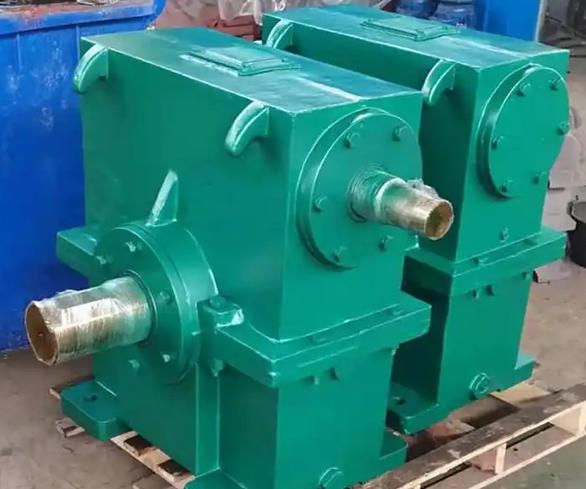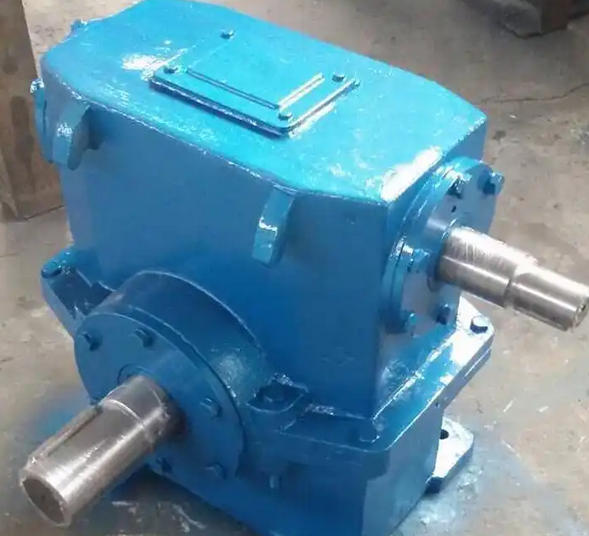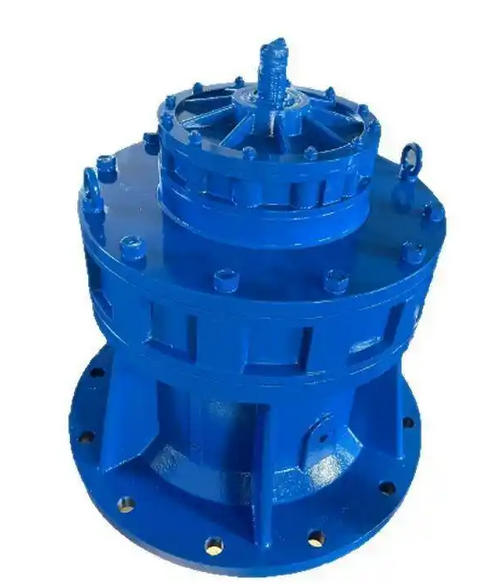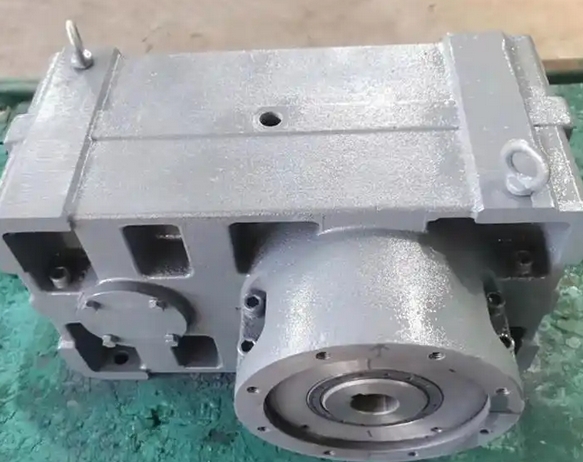How to maintain and upkeep WS280-63-4F worm gear reducer
WS280-63-4F Worm Gear Reducer Maintenance Guide1. Daily inspection and basic maintenance
Oil level and quality monitoring: Daily check the oil level to submerge the worm gear root, observe the oil quality color every week (normally amber), and if it turns black or contains metal shavings, immediately replace it with special lubricating oil (such as L-CKE/P 220).
Temperature and noise control: Monitor the temperature of the worm bearing seat daily (normal ≤ 60 ℃), and shut down if it exceeds 70 ℃; Monitor the running noise every week, and abnormal friction sounds may indicate issues with the meshing clearance.

Cleaning and sealing: Clean the dust on the heat sink every week, check the worm end oil seal (with the double lip oil seal facing the oil chamber), and replace it if there is any oil leakage.
2. Regular maintenance cycle and content
Short term maintenance (monthly):
Check the meshing clearance of the worm gear (normal ≤ 0.2mm), and replace it in pairs if the wear exceeds the limit.
Tighten the anchor bolts (such as M20 bolts with a torque of 300-400N · m) and the motor connection flange.
Mid term maintenance (every 3-6 months):
Thoroughly clean the interior of the box and replace the lubricating oil (300-500 hours for the first time, and every 1500-2000 hours or 6 months thereafter).
Replace the input/output shaft oil seal (skeleton oil seal) and bearing lubricating grease (high-temperature resistant lithium grease).
3. Major repairs and replacement of key components
Worm gear: When the tooth thickness wear is ≥ 10% -15% or the pitting is severe, it needs to be replaced in pairs, and original accessories should be preferred.
Bearings and seals: When the bearing clearance exceeds the standard or the vibration is abnormal, it must be replaced. The gasket/O-ring on the joint surface of the box must be replaced after disassembly.
4. Environmental and operational management
Environmental control: Keep the equipment dry and clean, avoid dust accumulation that affects heat dissipation, and shorten maintenance cycles in dusty environments.
Operation specification: Start the new machine with no load and gradually load it; Immediately shut down for troubleshooting in case of abnormal vibration or temperature rise.

5. Maintenance records and training
Establish equipment maintenance records, documenting the content of each maintenance and any abnormal situations for easy traceability and analysis.
Operators need to receive professional training and master basic fault identification and emergency response skills.
Precautions
When replacing lubricating oil, it is necessary to thoroughly drain the old oil, clean the box, and inject new oil to 2/3 of the oil window.
It is strictly prohibited to mix different brands of lubricating oil to avoid lubrication failure.



